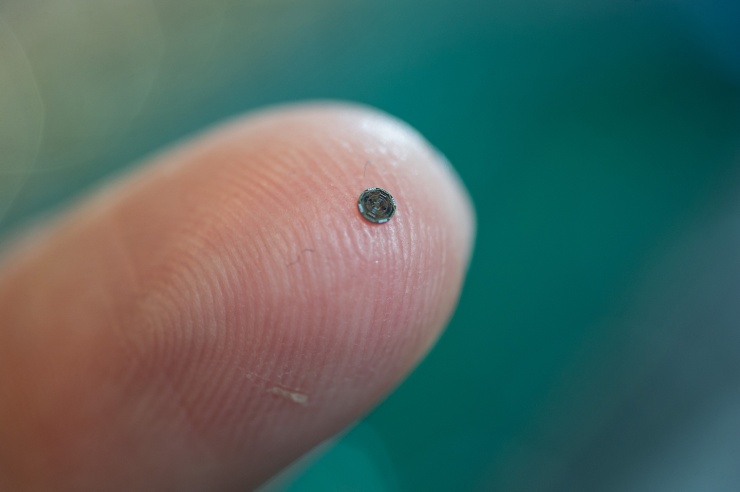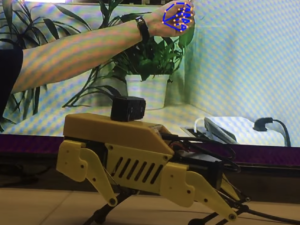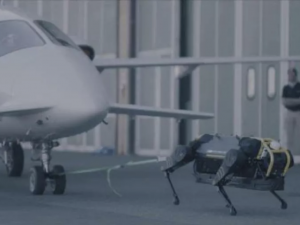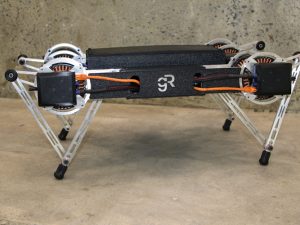We all know how difficult it is to see inside our own vital organs, but thanks to science that could be about to change.

Researchers at the Georgia Institute of Technology have developed and tested a tiny device that is able to swim about inside you and provide real-time, three-dimensional imaging from inside the heart, coronary arteries and peripheral blood vessels.
Not only will it give surgeons of the future a better idea of what they’re doing when they’re fishing around inside your insides, it could even potentially clear patients’ clogged arteries without any major surgery whatsoever.
How does it work? The little fella combines ultrasound transducers with processing electronics on a single 1.4mm silicon chip. Processing on the chip itself transmits data using tiny cables.
The brainiacs in Georgia have tested a prototype that is able to provide image data at 60 frames per second – which is the same fps that every gamer argues about each year when a new Call of Duty hits the shelves.
The most important aspect of the new robot, however, is a pretty simple one – it allows doctors to see what’s in front. See, at the moment, the best way to see inside a human is with cross-sectional ultrasound, but as F. Levent Degertekin, a professor in the George W. Woodruff School of Mechanical Engineering, explains: “If you have an artery that is totally blocked, for example, you need a system that tells you what’s in front of you. You need to see the front, back and sidewalls altogether. That kind of information is basically not available at this time.”
Oh and if you think pulling something off like this is just a matter of making electronics really, really small… well… you’d be right, but there are all kinds of things to think about, such as implementing power-saving circuitry that shuts parts of the device down when not in use. This means that the whole thing only needs 20 milliwatts of power to operate and doesn’t get too hot when it’s inside you.
See, it’s the little things.







